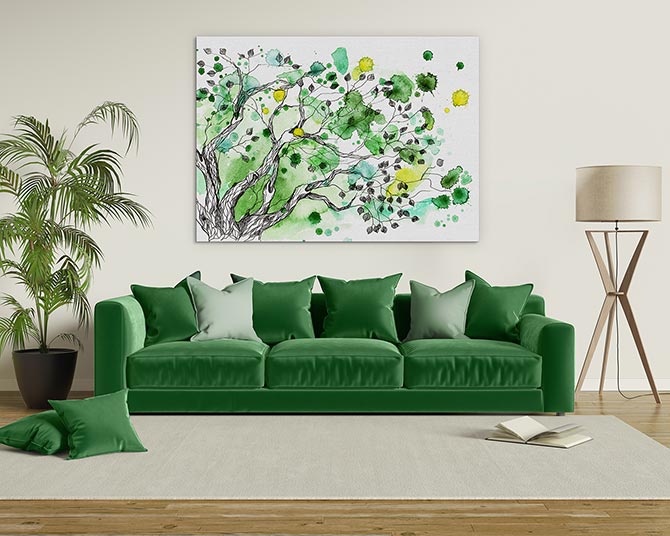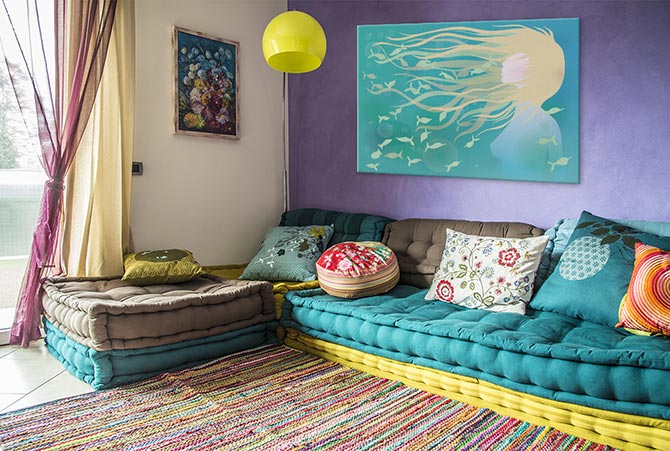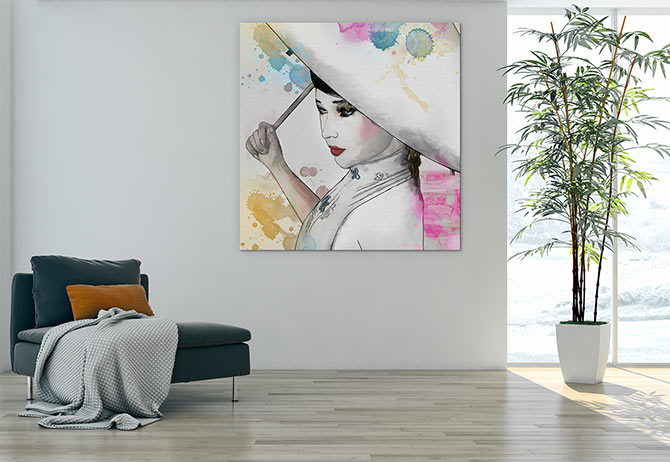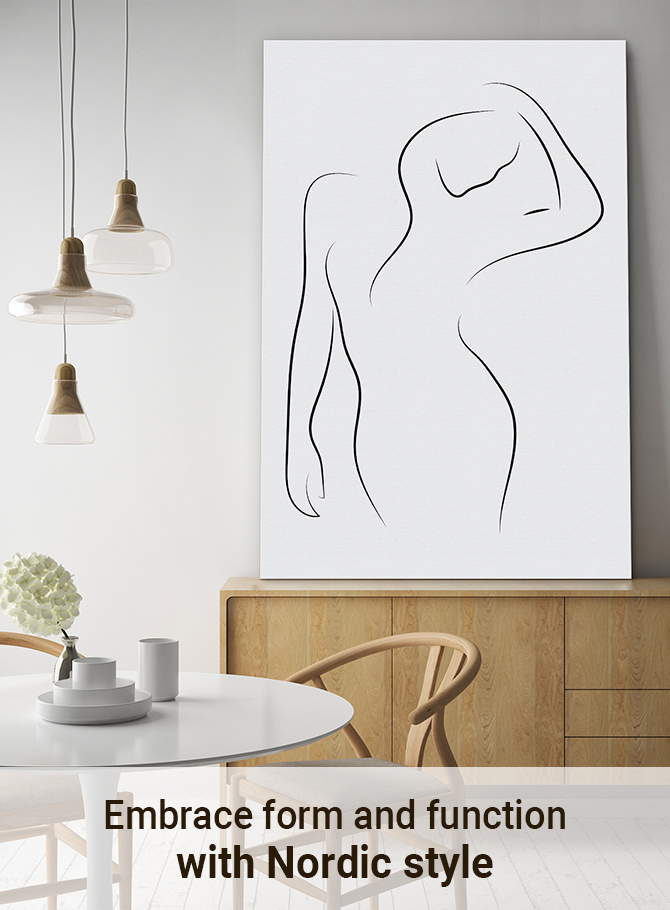
Nordic style (sometimes known as Scandi) focuses on minimalism, simplicity and functionality. It is often characterised by minimal styling, white walls, muted colour palettes and light wooden floors, which come together to create a popular interior design style that is easy to replicate at home.
The history of Nordic style
Nordic interior design was first recorded in the five Nordic countries of Iceland, Denmark, Sweden, Finland and Norway, in the early 20th century. It gained mainstream popularity in the 1930s after several designers popularised the simple, yet graceful, design scheme and created a new age of Nordic style.
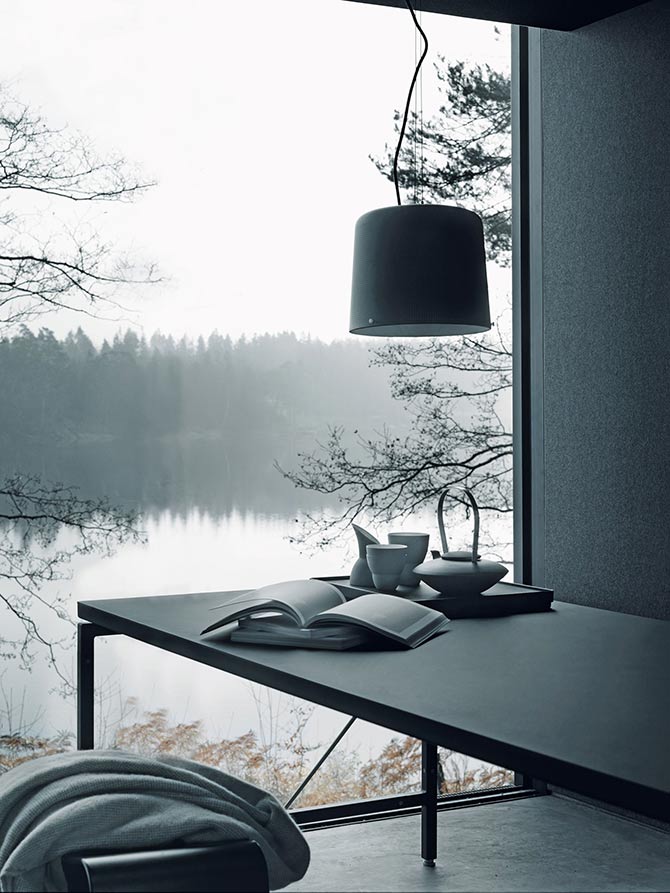
However, the signature elements that became synonymous with Nordic style, including the minimalist furniture, white walls and wooden floorboards, began to take shape in the 1950s with the establishment of The Lunning Prize.
Hygge
You’ve probably heard the word hygge (pronounced ‘hoo-ga’), as it has risen to popularity. It’s a Danish word that embodies the concept of complete and utter cosiness. Many decor trends have embraced this philosophy and many people have brought this concept into their daily lives. It’s all about the contentment and simplicity of life and the sense of wellbeing this brings.
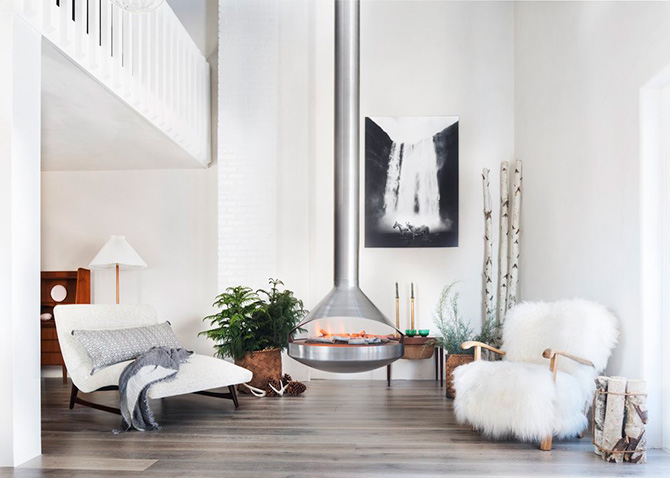
Hygge is ‘… a defining feature of our cultural identity and an integral part of the national DNA,’ according to Meik Wiking, the CEO of the Happiness Research Institute in Copenhagen.
Embracing negative space
Most design and decor aficionados already know the secret of negative space being a key part of design strategy. Sometimes, what is left out is more important than what is left in. This works particularly well for kitchen and dining spaces to complete a true Nordic look.
We’re all familiar with the term ‘breathing space’ – that moment when activity and stimulation stop and we have a chance to take stock and regain balance. In interiors, the area around objects – the negative space – performs the same functions. It rests our eyes and brings positive elements into clear focus, creating a subconscious sense of visual comfort and harmony.
The concept ‘less is more’ holds true in Nordic style as it removes the clutter and emphasises the function of each room. However, the end result shouldn’t be an empty space. It should be one where each individual piece adds specific value to the overall design.
Decor tip: considering taking out that additional piece of furniture, such as a coffee table or bedroom chair.
The three defining principles
When it comes to core features of Nordic interior design, there are three defining principles to guide the way. These principles are the foundations to really embody the style and are a great starting point for any room.
Neutral colour palettes
A neutral colour palette is eternally popular as it is a gem when it comes to adding in other colours. Particularly because it provides such profound flexibility and has a clean look and feel that enhances any decor you opt for.
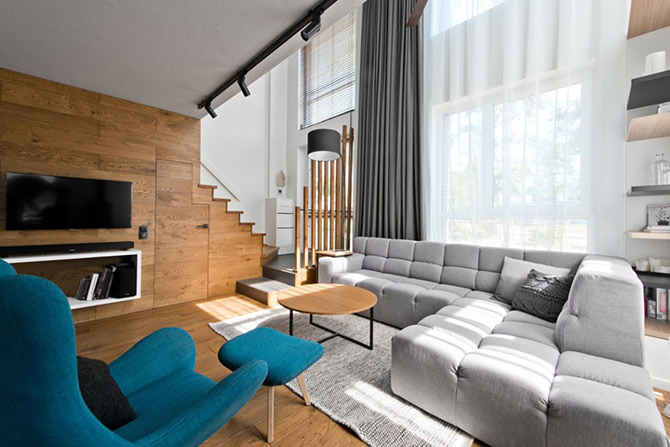
When it comes to Nordic style, a neutral colour base means that you can incorporate natural textures, such as wood, metal and fabrics, without upsetting the balance or making it too busy for the eye. Neutral colours (such as cream, light grey and caramels) ensures a classic minimalist feel is achieved.
All white
A feature that is completely synonymous with Nordic design is an entirely white styled room, creating light-filled joy and airiness.
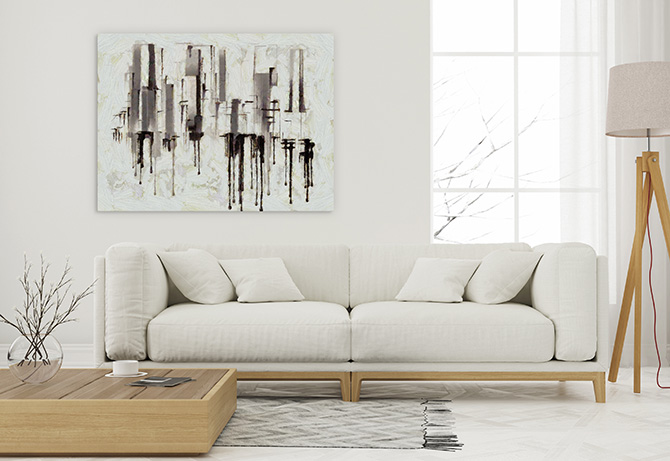
The simplicity and cleanliness of an all white room appeals to almost everyone. It can be an instant mood lifter and induce feelings of calm.
The flexibility that an all white space offers is generous. Nordic style incorporates large windows with minimal coverings (no heavy blockout curtains here) and the whiteness reflects this light around the room. Plus, white walls have the added bonus of making the space look bigger than it really is.
Decor tip: if you’re opting for all white walls and furniture, be sure to add in some additional textures (see finishing touches below) to break up the eye line.
Form and function
When it comes to Nordic interior design there’s a key rule: furniture needs to be purposeful. Without sacrificing beautiful shapes and aesthetic, of course.
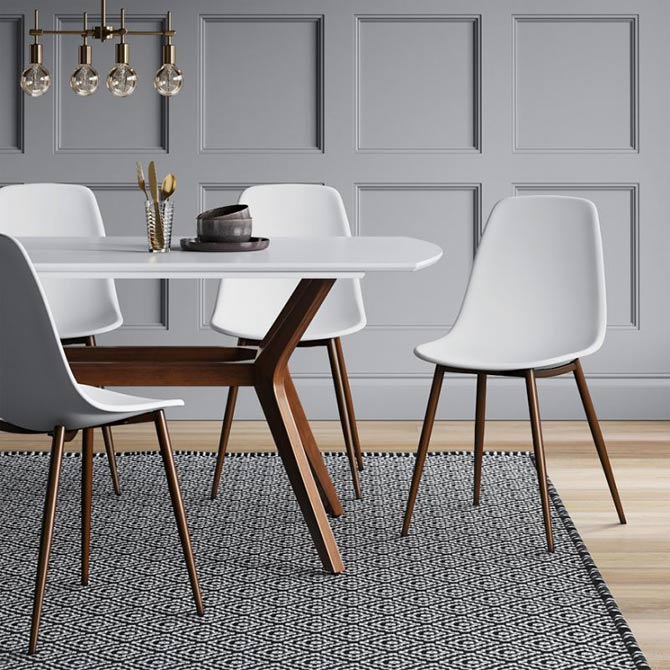
Function is just as important as the aesthetics when it comes to this interior style. What’s impressive, though, is that Nordic design still looks cool as heck. Form should follow function and that’s an easy principle to adhere to when it comes to Nordic style.
‘[Everything] should be functional and add value to the space. You still need all of the items in a space for it to function, but in minimalist decor, “form” is very important. For example, in a dining room, you need a table and chairs. These pieces need to speak to one another and relate in regards to things like line, color, mass, etc. They must work well together in their basic shape.’
The furniture
It’s indisputable that the right kind of furniture can transform any space. So, you need to choose your furniture wisely to complete your Nordic look.
Sculptural and mid century modern
The most common types of furniture used in Nordic interior design are modern sculptural and mid century modern furniture.
Sculptural furniture, as the name suggests, blends functionalism and creativity to deliver furniture that acts as an artistic centrepiece.
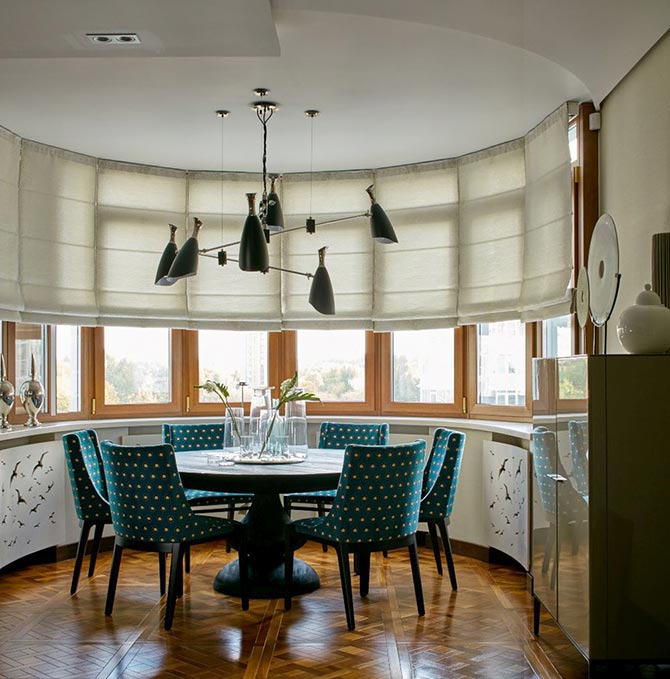
Mid century furniture features clean lines, a perfectly balanced aesthetic and appealing colours in warm and caramel toned timber.
Key pieces of furniture that are synonymous with Nordic design include the classic Eames, Smith or Elbow chair.
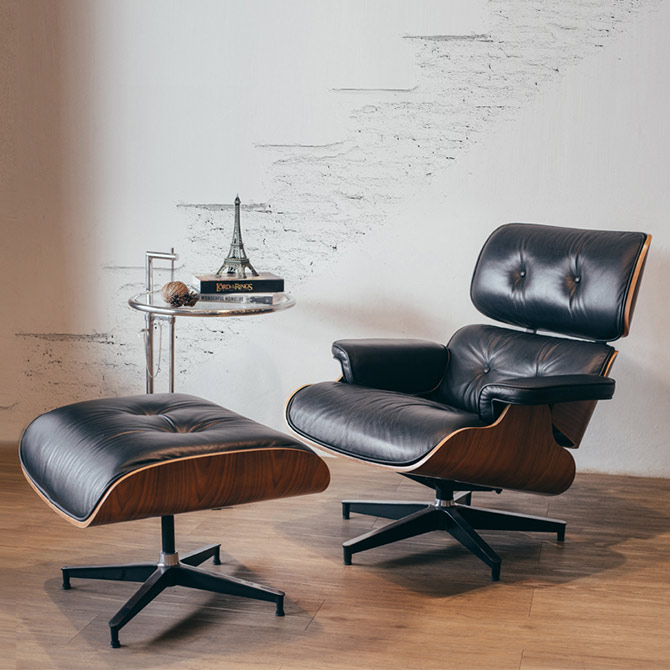
Clean lines
Nordic inspired spaces should look fresh and functional, balanced to perfection with a warm and cosy feel. To achieve this, designers typically opt for clean straight lines and minimal furniture mixed with cosy elements like throw blankets, cushions and plush rugs.
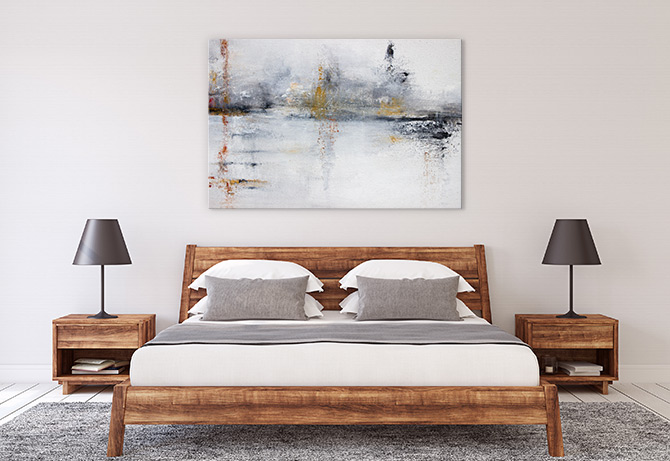
Furniture and furnishing pieces have an undoubtedly specific look with simple silhouettes and an emphasis on natural materials. Combination and placement of the furniture is also important, as it is often used to create a focal point in the room.
The artwork
Whilst nobody enjoys looking at a bare wall, artwork is particularly important in a Nordic styled home to soften the look and add personality. When it comes to selecting artwork, enhance the Scandi feels with monochrome, botanical or life drawing prints.
Black and white art
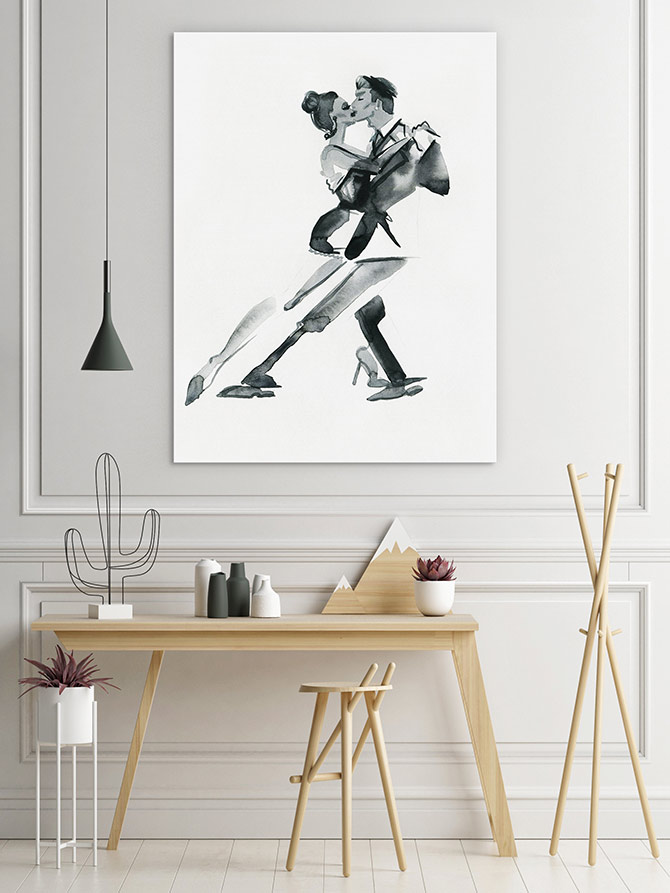
Monochromatic art makes a striking addition to the Nordic abode and works wonderfully against a neutral palette. Without the distraction of colour, black and white art really captures the essence of a subject in a quintessentially Nordic way.
Botanical art
A touch of plant life can spruce up any minimalist interior. A dash of warm green adds energy to a space and feeds our consistent love for bringing the outside in.
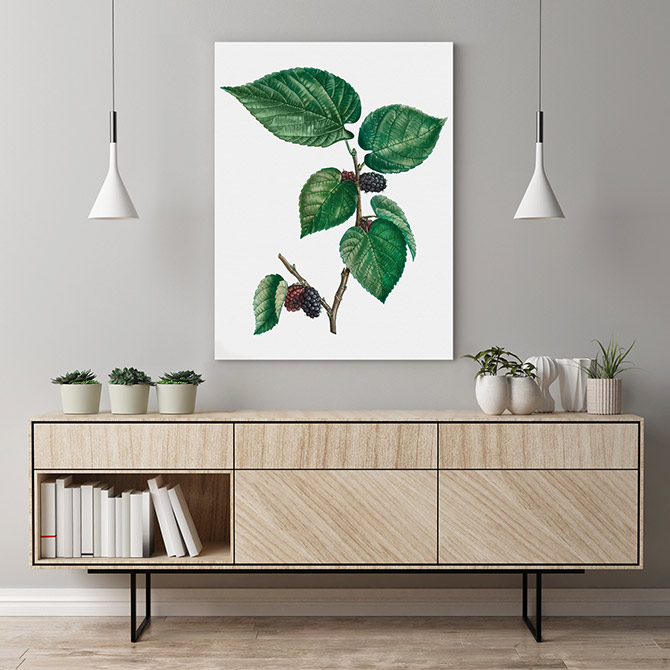
Decor tip: introduce a bit of foraging delight to your all white, minimalist abode.
Minimalist life drawings
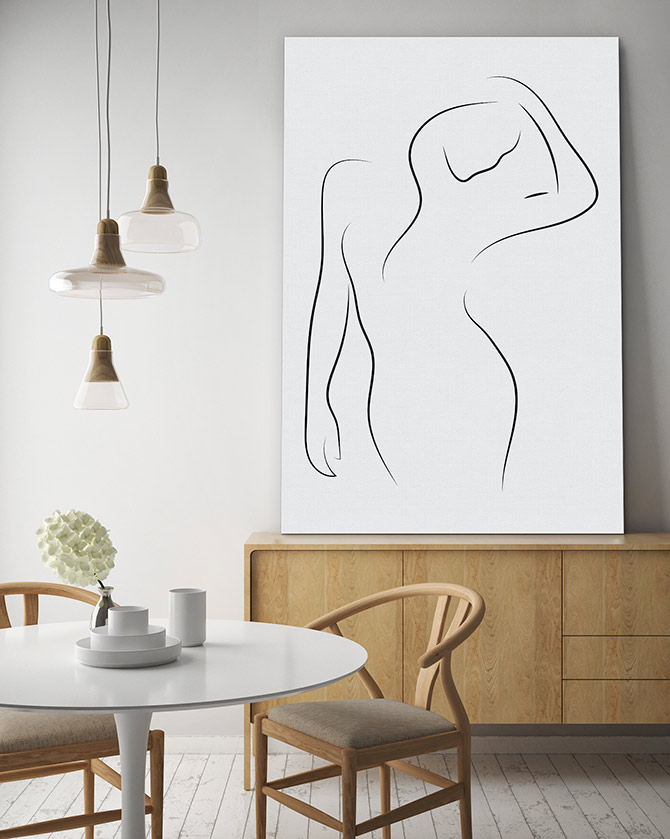
A popular art style, minimalist life drawings will effortlessly complete your Nordic look and add a touch of class that you will love to look at every day.
The flooring
One of the key features of Nordic interior design is the predilection for bare floorboards. This creates a clean contemporary look and brings consistency to the natural textures and materials used elsewhere. Whether you whitewash your floorboards or keep them super bare, they set the tone for the rest of the home and pair well with the brilliant white or neutral walls.
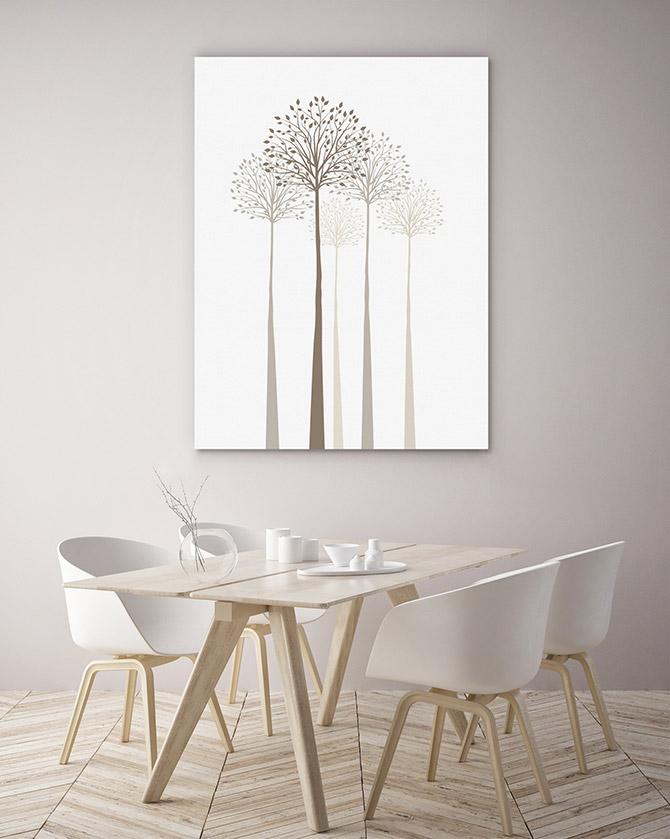
Given the frosty temperatures in Scandi countries, there needs to be a level of softness and warmth brought into the main living areas. A large central floor rug is a great way to achieve this without compromising or hiding the look of the signature flooring.
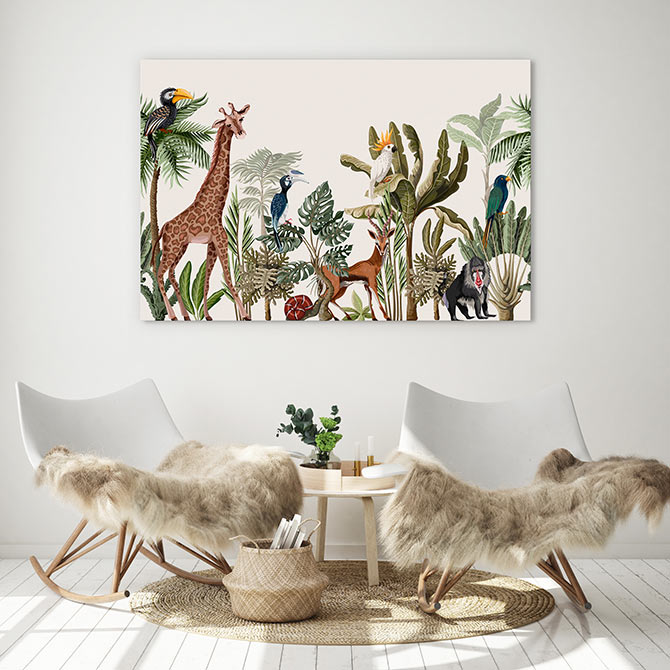
Wall to wall carpeting has never really been something that Nordic homes have. Instead, opt for a fluffy floor rug in neutral tones, a faux fur or animal print style or geometric patterns to add warmth and texture to your living spaces.
The finishing touches
For the ultimate in finishing touches, be sure to include plenty of cosy furnishings, such as a delicious throw rug (or three). This could be your opportunity to add in a pop of bright colour or even include some soft pastels such as spearmint, rose pink or baby blue.
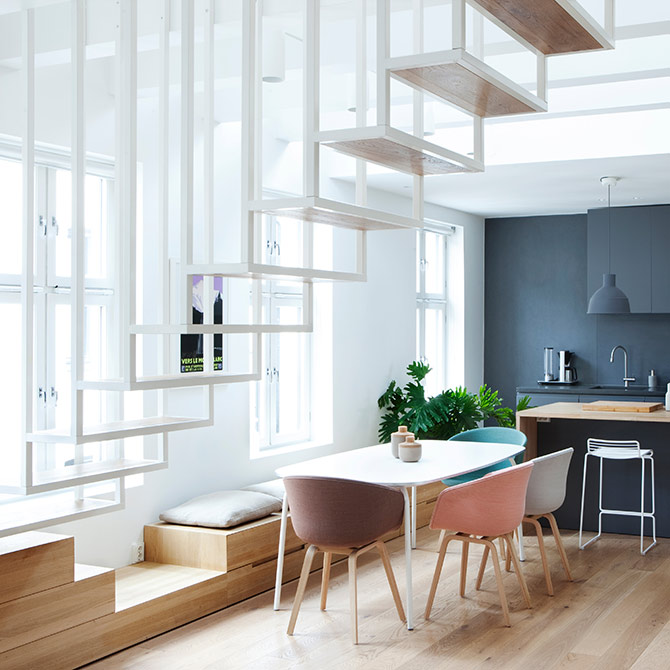
Unlike other forms of minimalist design that sometimes come off as cold or stark, Nordic spaces are meant to be inviting and warm. Don’t be afraid to let your personality shine with comforting accents that speak to your heart.
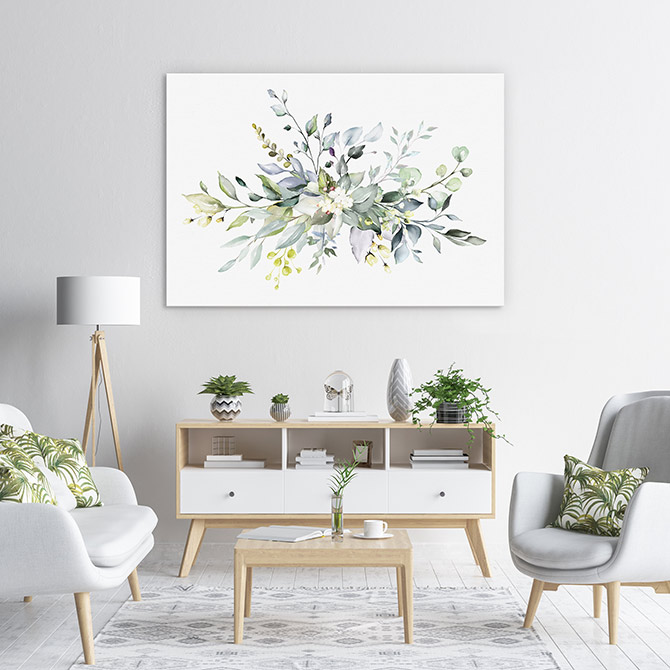
Decor tip: to add charm to a minimalist room, add dipped ceramics and earthy crockery, indoor plants such as cacti, succulents, terrariums, artfully arranged twigs and complementary ornaments. Or opt for subtle watercolour art, like the gorgeous print above, to complete your Nordic look.

